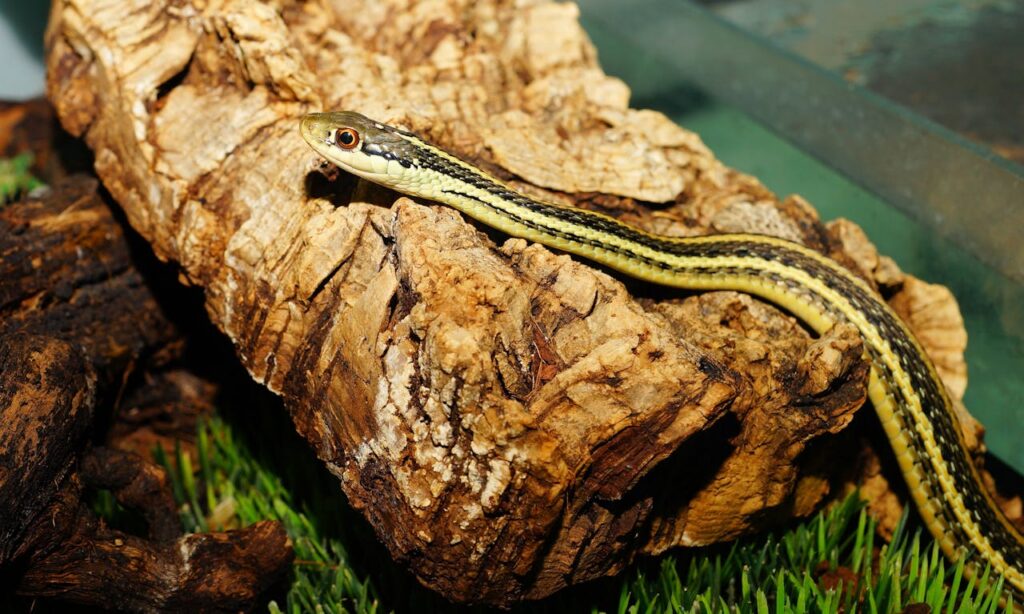
Ohio is home to a rich tapestry of snake species, each playing a vital role in the ecosystem’s balance. This exploration aims to shed light on these often-misunderstood reptiles, highlighting their diversity, ecological importance, and how we can coexist with them harmoniously.
The Diversity of Ohio’s Snakes
The state of Ohio is a haven for snake species of various kinds, inhabiting an array of ecosystems from dense forests to urban gardens. Understanding the variety of snakes in Ohio is foundational to appreciating their ecological contributions and fostering coexistence.
Common Species and Their Habitats
Ohio’s landscapes are alive with numerous snake species, each adapted to specific habitats within the state. Here, we explore some of the most commonly encountered snakes and the environments they call home.
Queensnake
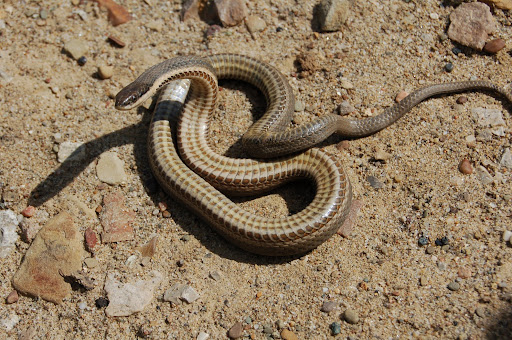
Queensnakes are semi-aquatic, thriving near clean streams and rivers where crayfish, their primary food source, are abundant. These snakes are highly dependent on water quality, making them indicators of healthy aquatic ecosystems. Their presence along water bodies helps maintain the balance within these habitats by controlling crayfish populations, thus playing a crucial role in aquatic food webs.
Kirtland’s Snake
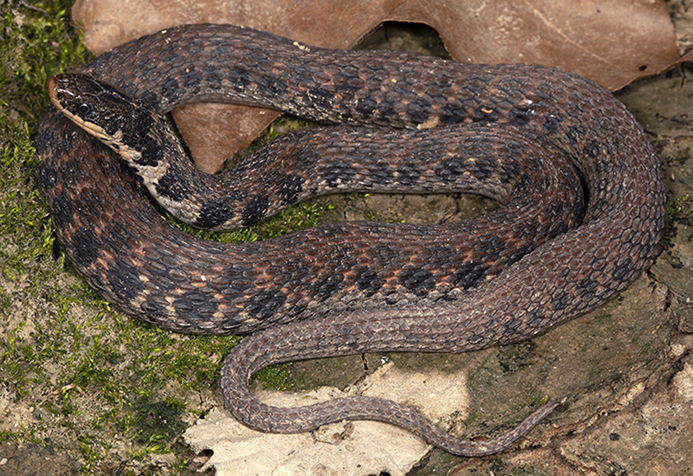
Kirtland’s snake is a rare find, often associated with moist habitats near water sources such as streams or wetlands. This small, secretive snake prefers areas with dense vegetation or human-made debris, which provide shelter and hunting grounds for its diet of earthworms and slugs. Urban development threatens their habitats, highlighting the need for conservation efforts to preserve the ecosystems supporting this elusive species.
Lake Erie Watersnake
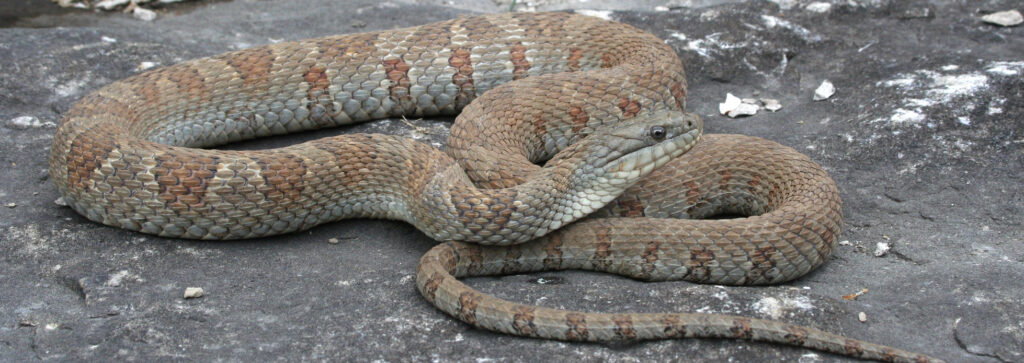
The Lake Erie watersnake, unique to the Lake Erie islands and nearby shores, has remarkably recovered from near-threatened status, thanks to concerted conservation efforts. Feeding primarily on fish and amphibians, this species plays a key role in controlling aquatic populations, ensuring a balanced ecosystem. Their success story demonstrates the impact of habitat protection and public education in species conservation.
Copper-Bellied Watersnake
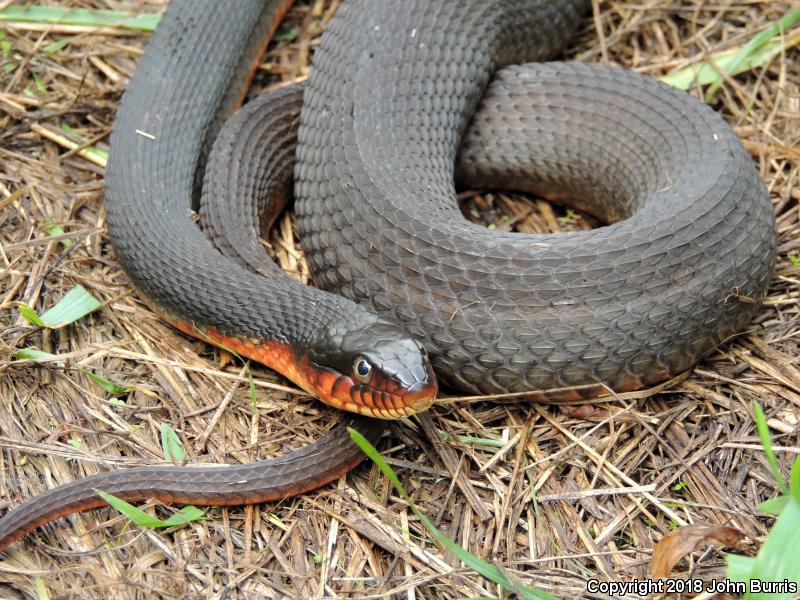
The copper-bellied watersnake is a rare sight, known for its distinct copper-red belly and dark, almost black, back. Preferring wetlands, marshes, and slow-moving streams, this non-venomous snake contributes to the balance of aquatic ecosystems by preying on small fish and amphibians. Its presence in Ohio’s wetlands underlines the importance of conserving these critical habitats.
Dekay’s Brownsnake
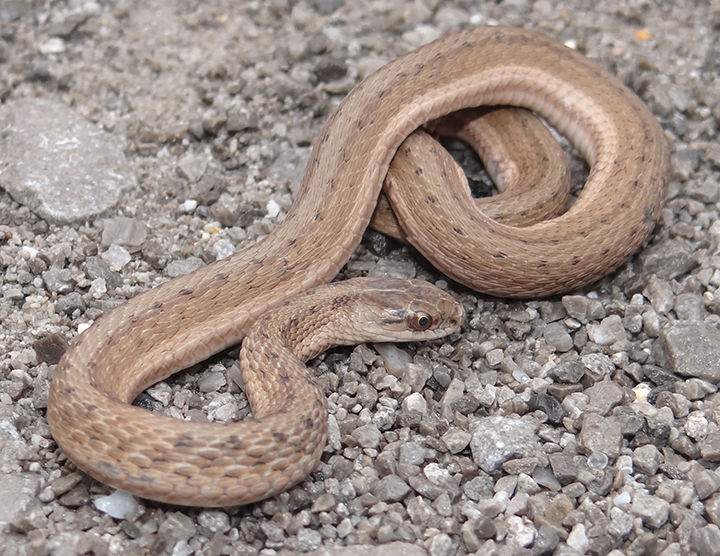
Dekay’s brownsnake is a small, unassuming species often found in urban and suburban areas, hiding under debris or in leaf litter. Feeding on slugs, snails, and earthworms, it provides natural pest control. This adaptability showcases the brownsnake’s importance in urban ecosystems, highlighting the coexistence of wildlife and human habitats.
Red-Bellied Snake
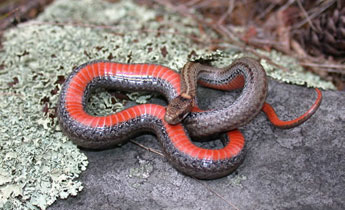
The red-bellied snake is a small, elusive species with a striking red or orange belly. Preferring wooded areas, meadows, and marshy lands, it feeds on slugs, snails, and worms, contributing to the control of invertebrate populations. Their preference for hiding under leaves or logs makes them a rarely seen but vital part of their ecosystems.
Eastern Hog-Nosed Snake
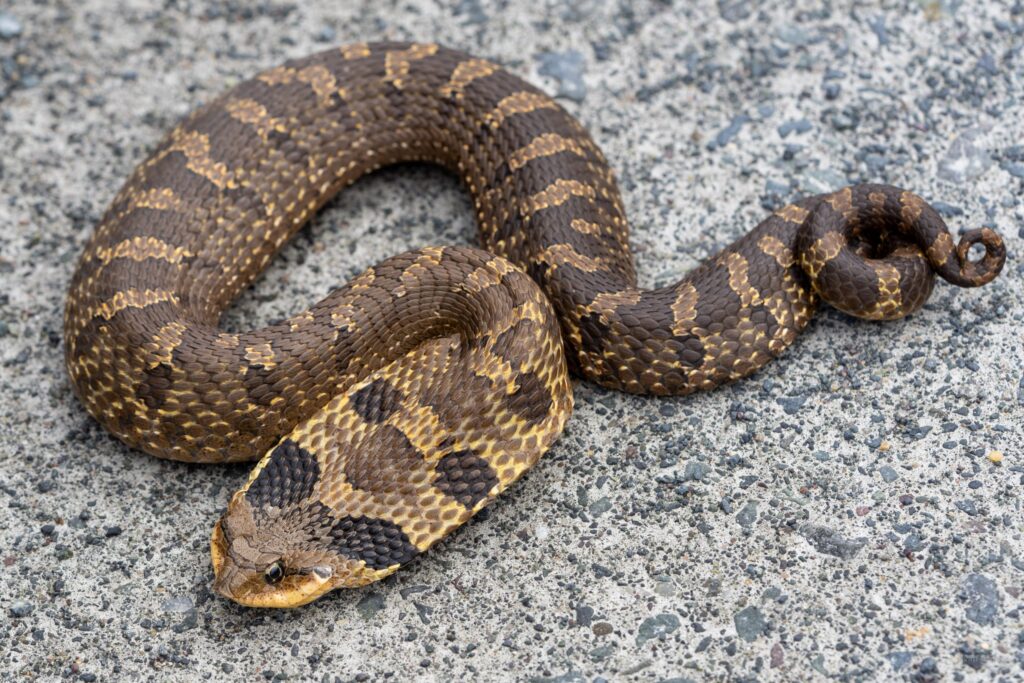
Known for its distinctive upturned snout, the eastern hog-nosed snake is a master of theatrics, famously playing dead when threatened. This non-venomous snake inhabits sandy soils where it hunts toads, its primary diet. Its unique behavior and diet preferences make it a fascinating species, contributing to the diversity and intrigue of Ohio’s reptile fauna.
Eastern Smooth Earthsnake
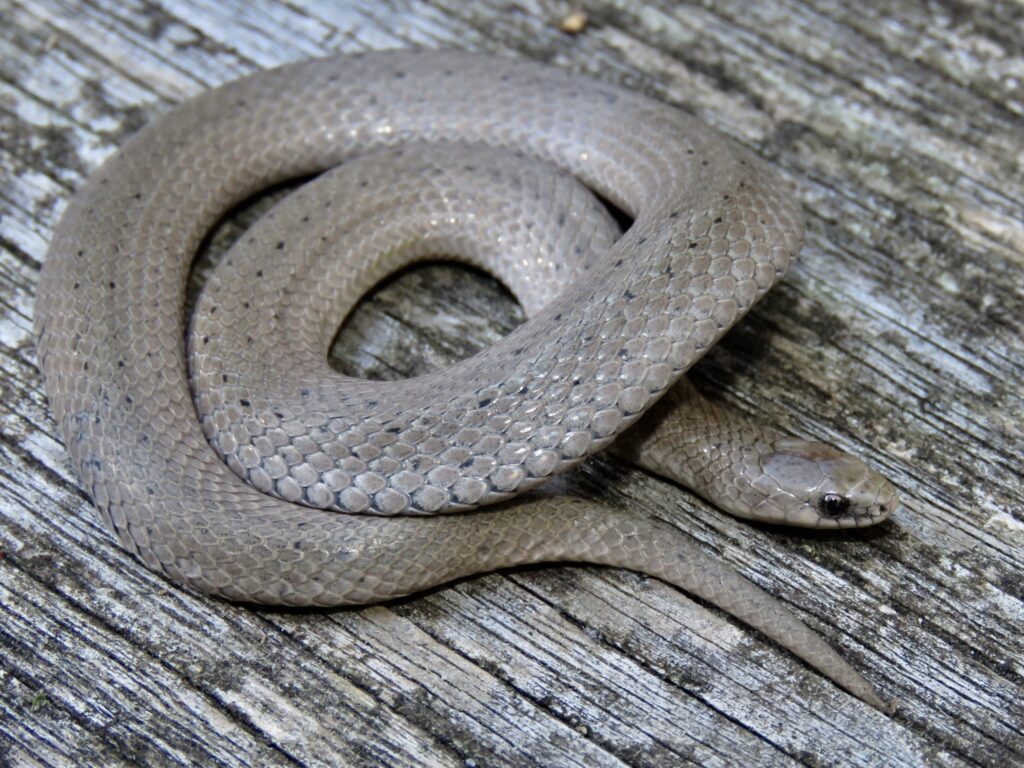
The eastern smooth earthsnake is a small, secretive species, often found in forested areas with abundant leaf litter. Feeding on earthworms and soft-bodied insects, it plays a role in controlling invertebrate populations. Their discreet presence underscores the richness of Ohio’s understory ecosystems.
Northern Ring-Necked Snake
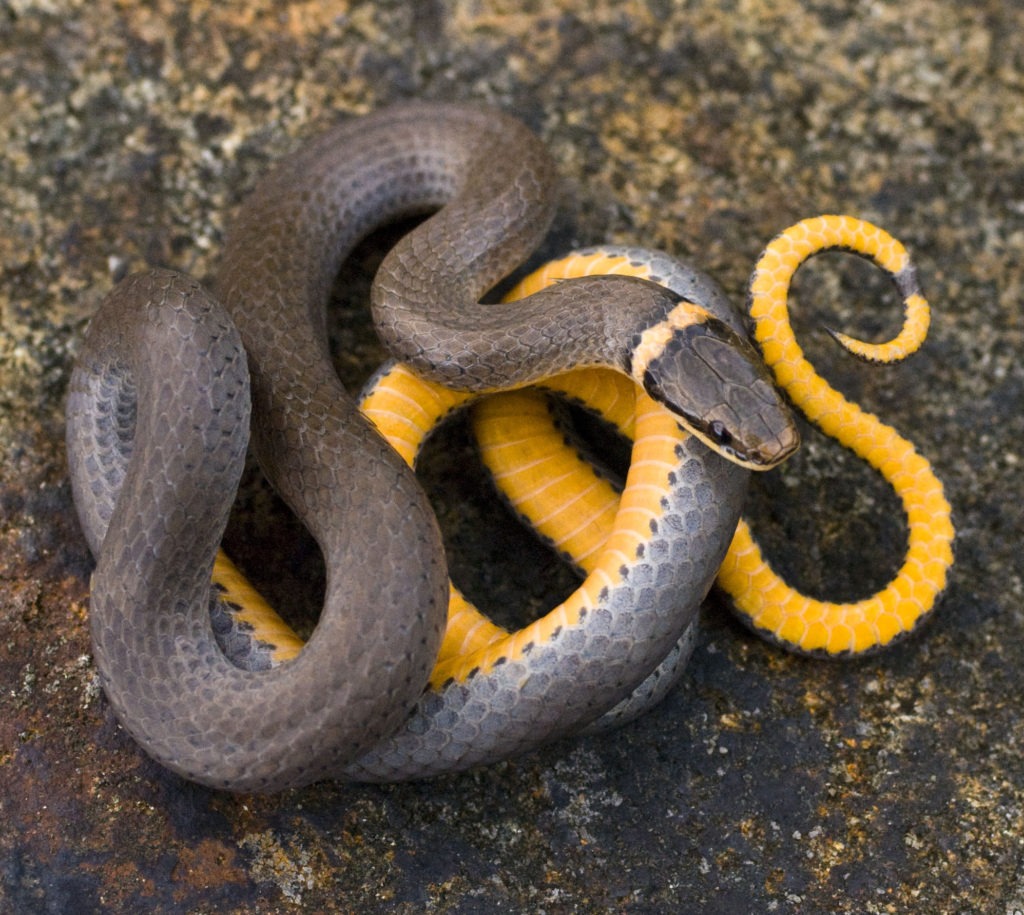
This slender, striking snake, characterized by its bright yellow or orange neck ring, prefers moist habitats under rocks or logs. The northern ring-necked snake feeds on small amphibians and invertebrates, contributing to the ecological balance by keeping these populations in check. Their beauty and unique coloration make them a fascinating discovery for those lucky enough to encounter them.
Common Wormsnake
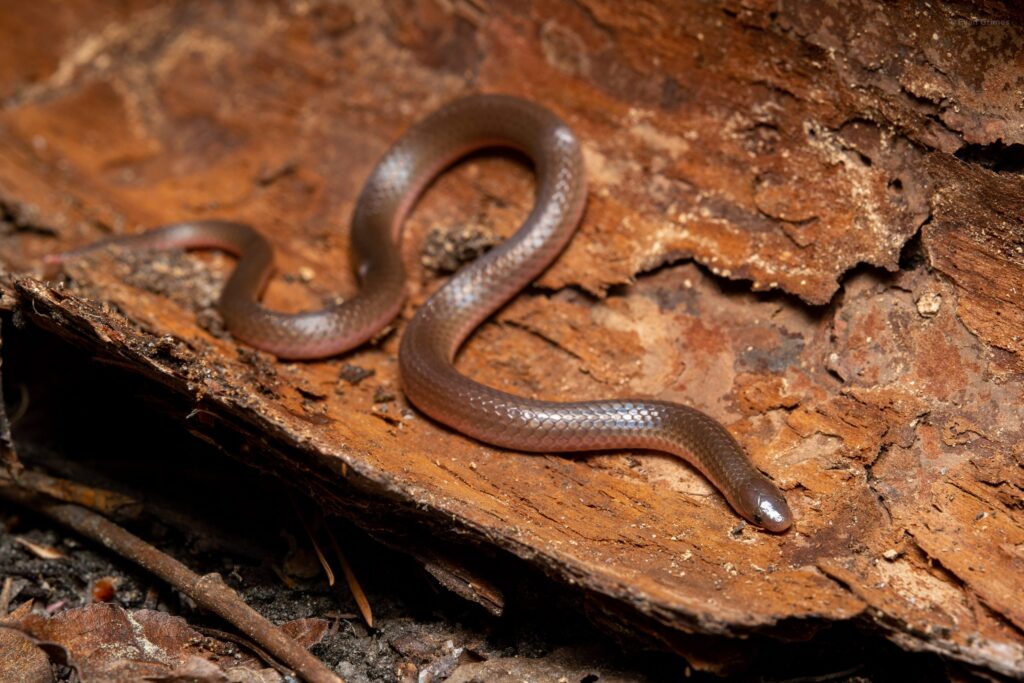
The common wormsnake, a small and elusive species, spends most of its life underground or beneath leaf litter. Its diet consists primarily of earthworms, reflecting its role in soil health and invertebrate population control. This species illustrates the complex interactions within soil ecosystems, highlighting the importance of below-ground biodiversity.
North American Racer
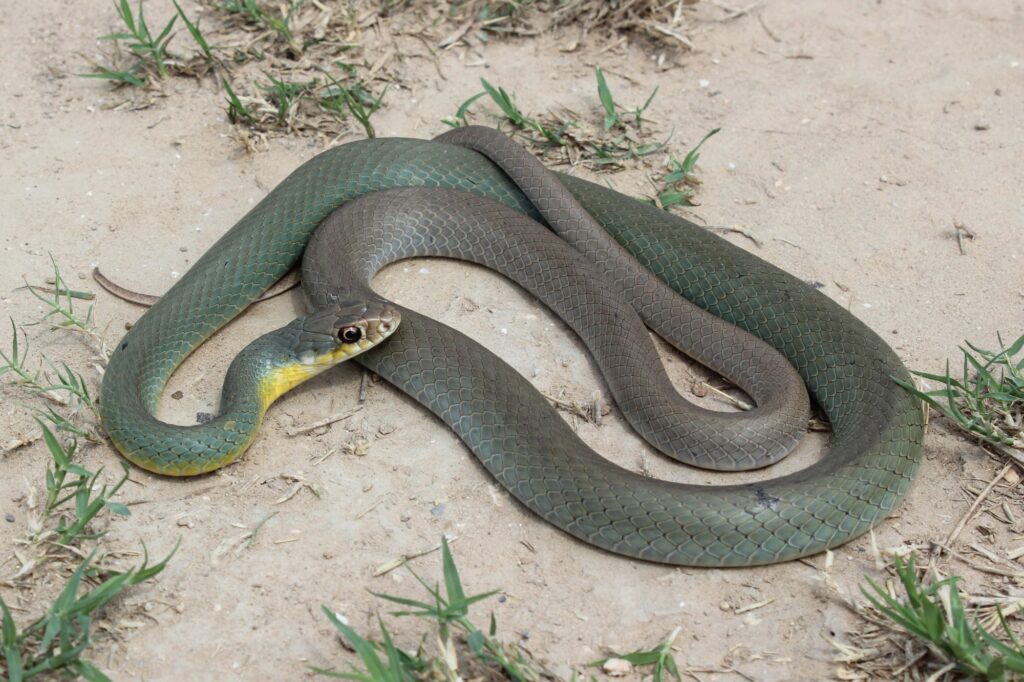
North American racers are fast-moving, slender snakes known for their agility. Preferring open habitats such as fields and meadows, they feed on insects, rodents, and smaller snakes, showcasing their role as versatile predators. Their presence benefits agricultural areas by controlling pest populations, emphasizing the value of snakes in human-dominated landscapes.
Gray Ratsnake
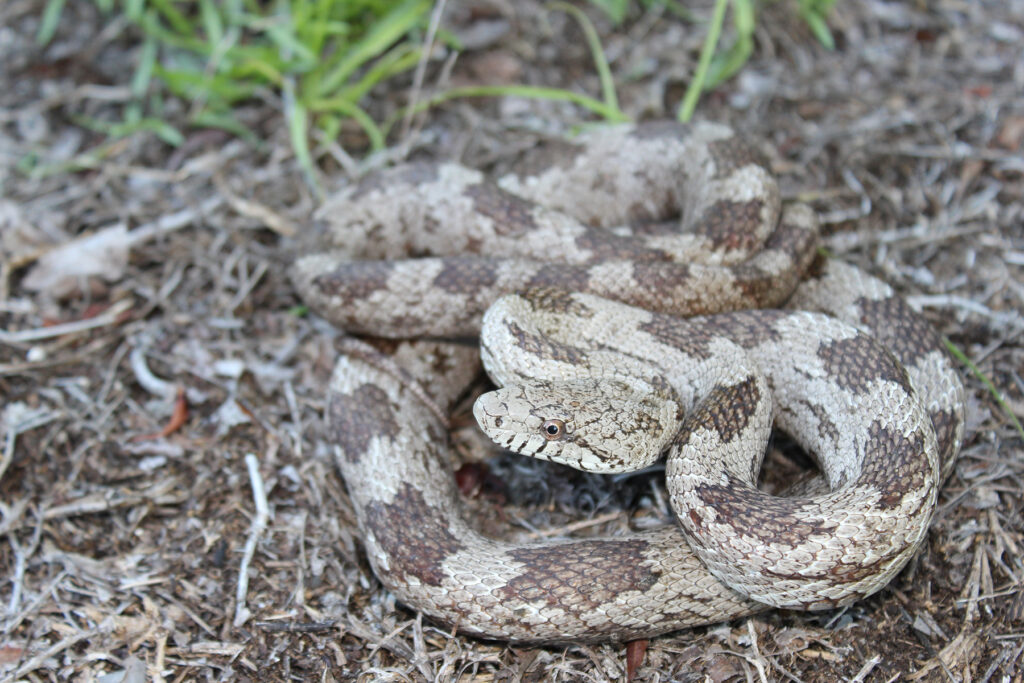
The gray ratsnake, one of Ohio’s largest snake species, is an adept climber found in forests and rocky areas. Feeding on rodents, birds, and eggs, it plays a significant role in controlling pest populations. Its impressive size and climbing ability make it a key predator within its ecosystem, contributing to the balance of prey species.
Eastern Foxsnake
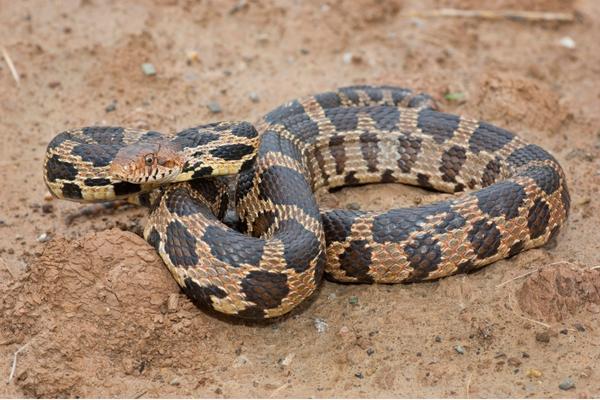
The eastern foxsnake, recognizable by its yellowish-brown color and dark blotches, is often found in wetlands and grasslands. It preys on rodents and birds, helping to maintain balanced ecosystems. Despite its harmless nature, it’s often mistaken for the venomous copperhead, leading to unnecessary fear and persecution.
Eastern Black Kingsnake
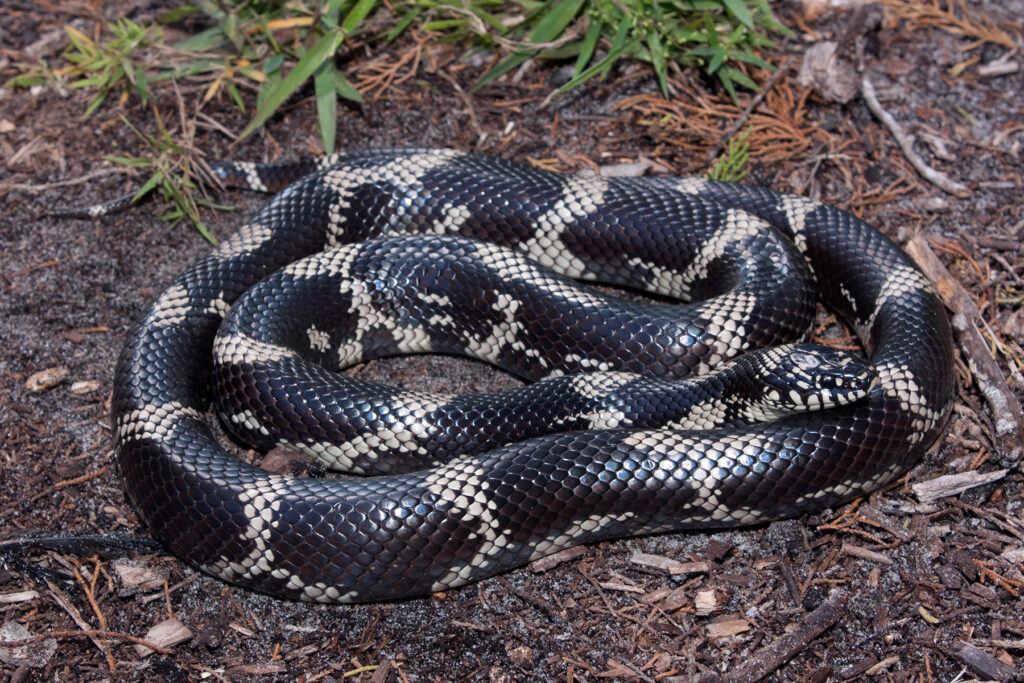
The eastern black kingsnake, known for its shiny black scales and white or yellow chain-like pattern, inhabits forested regions of Ohio. This species is a natural controller of rodent and venomous snake populations, showcasing its ecological importance. Their resistance to venom allows them to prey on venomous snake species, thus playing a critical role in maintaining ecological balance.
Eastern Milksnake
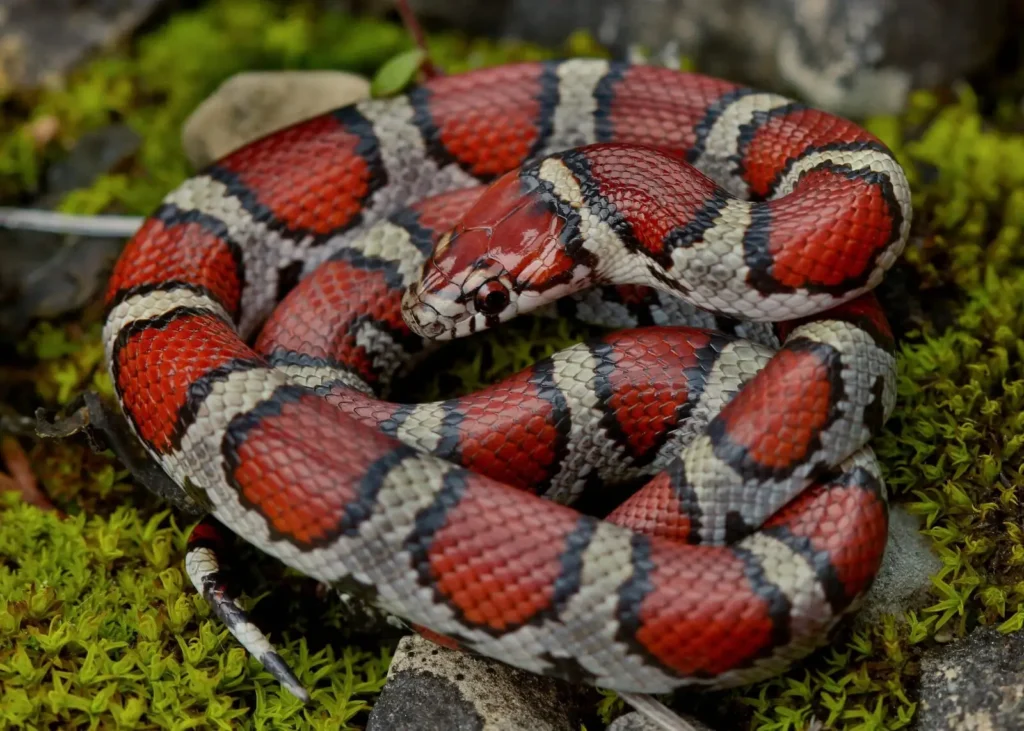
The eastern milk snake is a species known for its striking pattern and resemblance to the venomous copperhead, though it is harmless to humans. It inhabits a variety of environments, from forests to agricultural fields, preying on rodents, insects, and even other snakes. Its role in controlling pest populations underlines its ecological value.
Eastern Garter Snake

The eastern garter snake, one of the most commonly encountered snakes, adapts well to various environments, including urban areas. Their diet includes amphibians, earthworms, and small fish, making them important in controlling pest populations. Their adaptability and prevalence make them a familiar sight to many Ohio residents, serving as an ambassador for snake conservation.
Plains Garter Snake
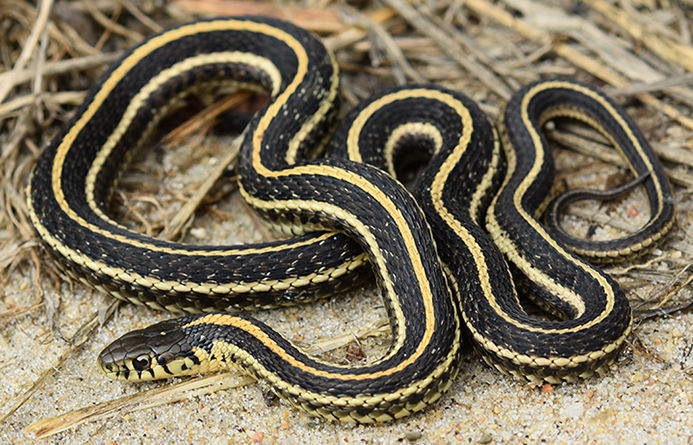
Similar to its eastern cousin but with distinct habitat preferences, the plains garter snake enjoys grasslands and prairies where it hunts amphibians and invertebrates. This species’ presence in Ohio highlights the state’s habitat diversity and the importance of grassland conservation for supporting unique wildlife.
Butler’s Garter Snake
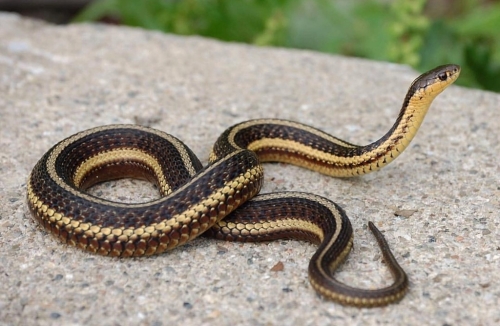
Butler’s garter snake, a species with a limited range within the state, prefers wet meadows and grasslands. It feeds primarily on earthworms, playing a crucial role in the ecological health of its habitat. Conservation efforts are essential for this and other specialized species, as they often face habitat loss and fragmentation threats.
Short-Headed Gartersnake
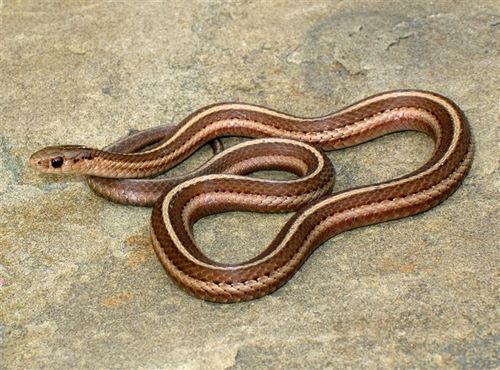
This less common garter snake species is distinguishable by its shorter head and preference for moist habitats near water bodies. Its diet mainly consists of amphibians and earthworms, contributing to the control of these populations. The short-headed garter snake’s specific habitat requirements underscore the need for wetland conservation in Ohio.
Eastern Ribbonsnake

The eastern ribbonsnake, a slender and agile species, is often found near water, where it preys on fish, amphibians, and insects. Its aquatic hunting skills and preference for wetland habitats highlight the interconnectedness of terrestrial and aquatic ecosystems and the role of predators in maintaining healthy, balanced environments.
Northern Rough Green Snake
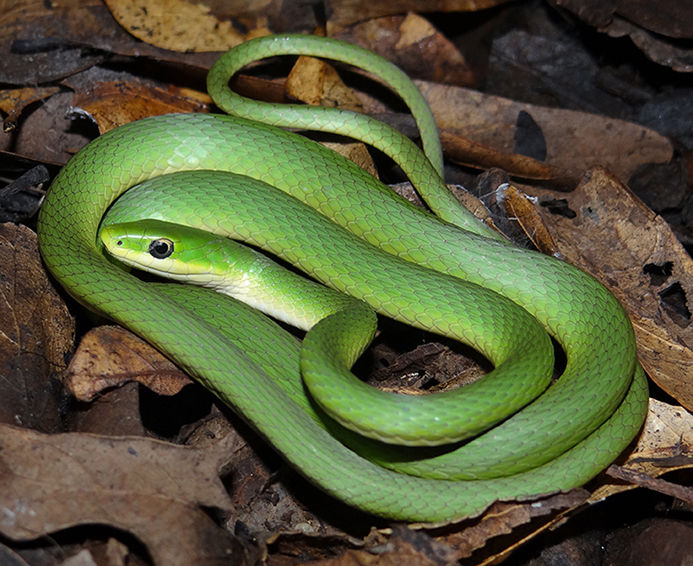
The northern rough green snake, with its vibrant green coloration, blends perfectly into foliage, where it hunts insects. This arboreal species illustrates the importance of healthy tree and shrub habitats for providing shelter and hunting grounds for tree-dwelling snake species.
Smooth Green Snake
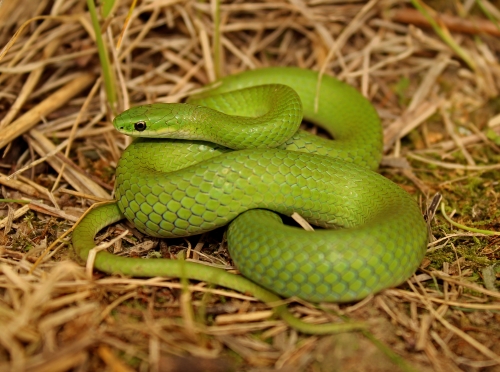
Similar to the rough green snake but with smoother scales, the smooth green snake also inhabits grassy areas and open woodlands, feeding on insects. Its presence benefits ecosystems by controlling insect populations, underlining the significance of snakes in natural pest control.
Venomous Snakes
Northern Copperhead
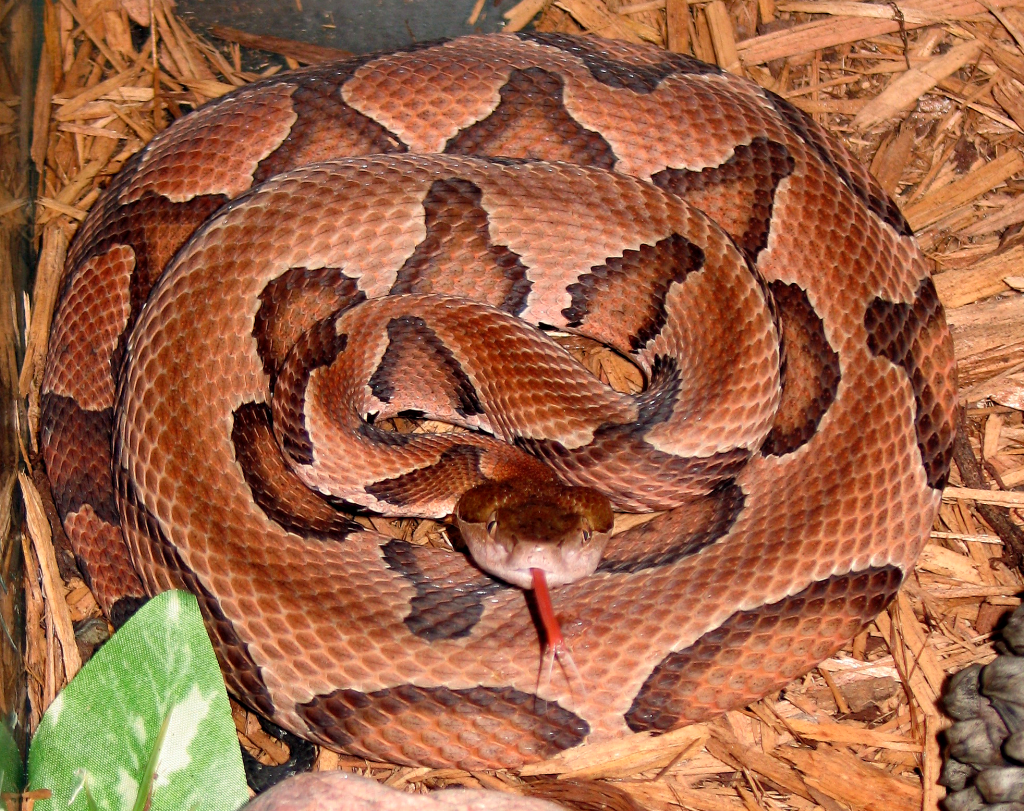
The northern copperhead, one of the few venomous snakes in Ohio, prefers rocky forests and hillsides. This species plays a critical role in controlling small mammal populations, such as rodents. While venomous, copperheads are generally not aggressive toward humans unless provoked, and their presence emphasizes the need for respectful cohabitation with all wildlife.
Eastern Timber Rattlesnake
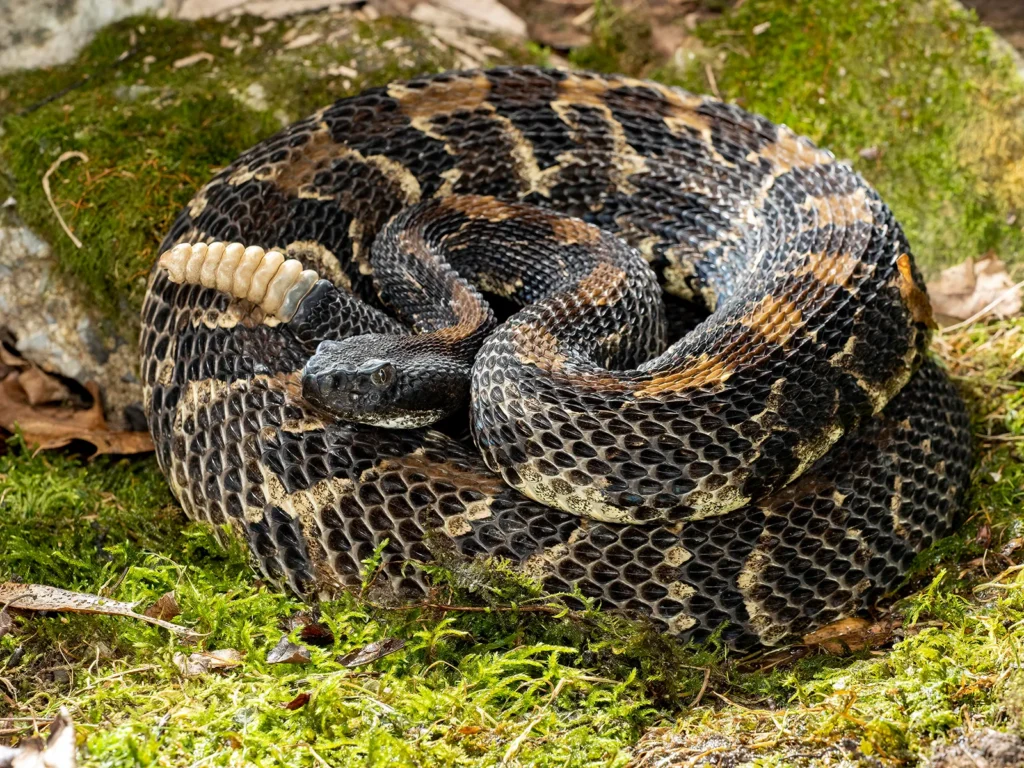
Another rare and venomous resident is the timber rattlesnake found in Ohio’s southeastern forests. This species prefers densely wooded areas with rocky outcrops, where it can bask in the sun and hunt for rodents, birds, and other small animals. The timber rattlesnake is known for its distinctive rattle, which is used as a warning to potential threats. Like the Massasauga, timber rattlesnakes avoid humans and play a significant role in the ecosystem by keeping rodent populations in check.
Eastern Massasauga Rattlesnake
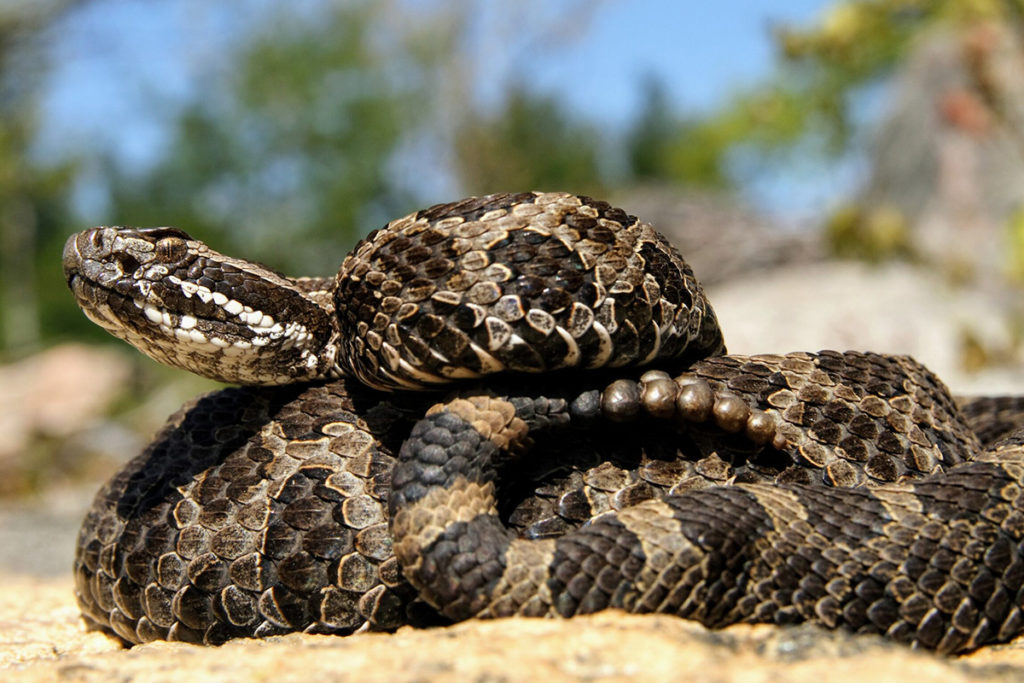
The eastern Massasauga rattlesnake, a species of concern due to its declining numbers, is one of Ohio’s few venomous snakes. This rattlesnake prefers wetlands and floodplain habitats and is crucial in controlling small mammal populations. The massasauga is typically shy, avoiding human interaction whenever possible. Conservation efforts are vital for this species, emphasizing preserving their natural habitats to support their survival.
Conclusion
The snakes of Ohio, from the commonly seen garter snake to the seldom-encountered timber rattlesnake, are integral to the state’s ecological health. By understanding their behaviors, habitats, and the benefits they provide, we can foster a greater appreciation for these reptiles. Encouraging conservation efforts and respectful coexistence are essential to ensure that Ohio’s snake populations thrive, preserving the state’s rich biodiversity for future generations.
